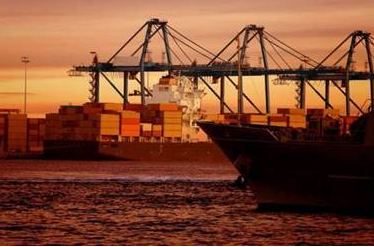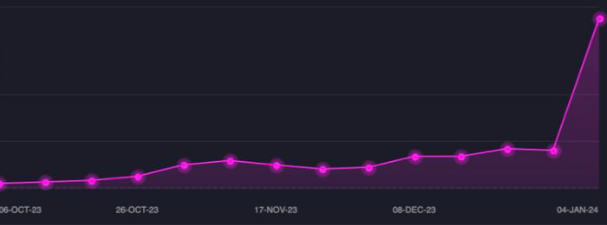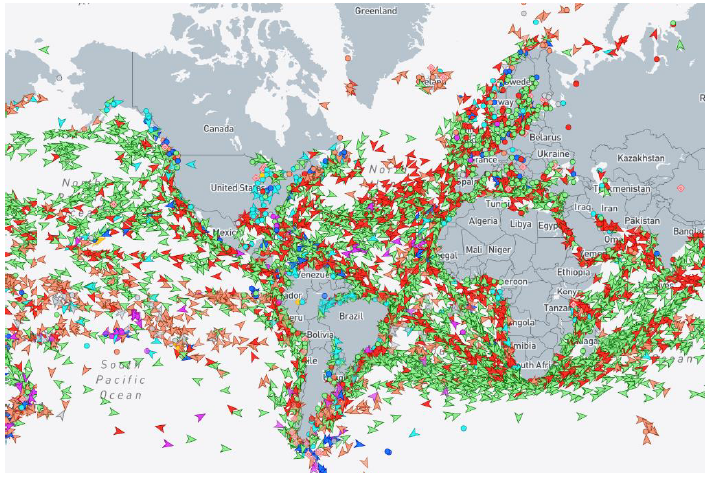
AIR FREIGHT
The air freight industry, which experienced soaring costs during the Covid-19 pandemic and subsequent sharp declines in 2023, still saw a 32% increase in 2023 compared to pre-pandemic levels.
The current situation in the Red Sea (see below) is leading shippers to use an increasing amount of airfreight shipments: this has a direct effect on rates that still increase on a weekly basis.
SEA FREIGHT
The container shipping industry is facing numerous potential sources of inflation and instability.
As a result, it is very likely that that freight rates will be higher in 2024 than they were in 2023.
As 2024 gets under way, it is no exaggeration to say that the climate for the container shipping sector is dire.
Bad news is flooding in from every direction, putting the market in an execrable position.
Despite the slump in freight rates and a slight improvement in service reliability, customers remained largely dissatisfied with the services they were offered.
A variety of uncertainties and the use of an increasing number of surcharges to try to make up for the low level of freight rates angered shippers, who want greater transparency and visibility.
According to experts, the Red Sea crisis has already led to a 44% increase in sea freight rates between China and the Mediterranean Sea.
Transpacific rates jumped by 56% to $ 3,000 for 40’ container, based on the Drewry Hong Kong-Los Angeles benchmark.
Container ships are hauling the equivalent of about 4 million 20-foot steel boxes the long way around Africa in order to avoid attacks in the Red Sea.
The price hiking is spreading to other modes of transcontinental freight.
As a direct consequence, air freight and rail rates from China to Europe are marching higher.


Expected Impacts due to Panama and Red Sea Contingency
Alternative routings through the Cape of Good Hope: all these Routing changes are very dynamic, and carriers implemented live trackers to review the vessel routings as there are last-minute changes.
Expected Impacts are
- Increased Transit times
- Equipment shortage, with the extended transit times
- Increased rates



